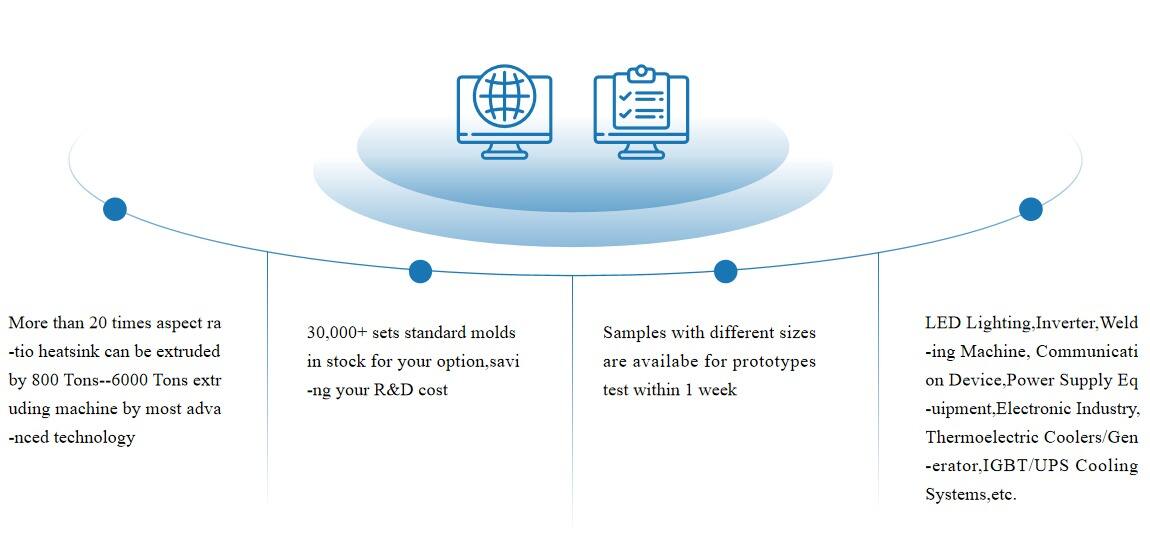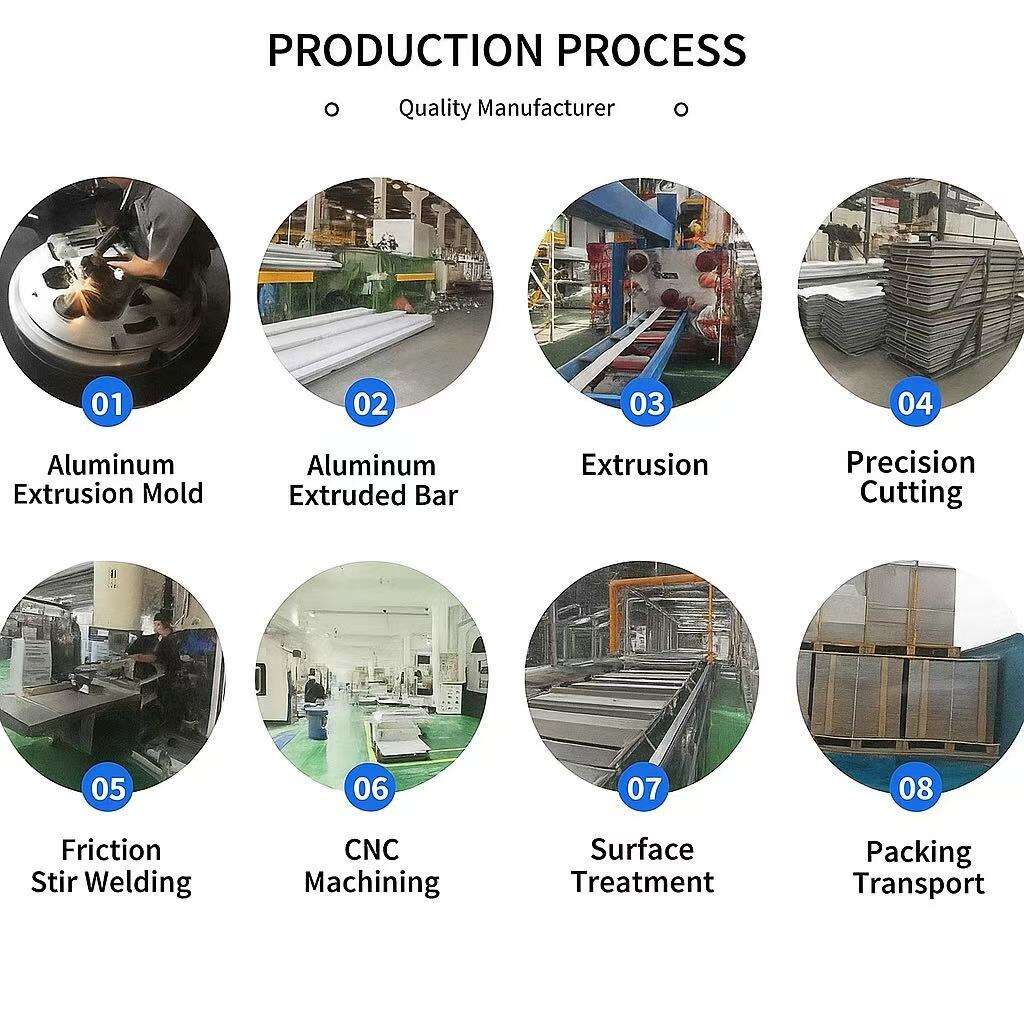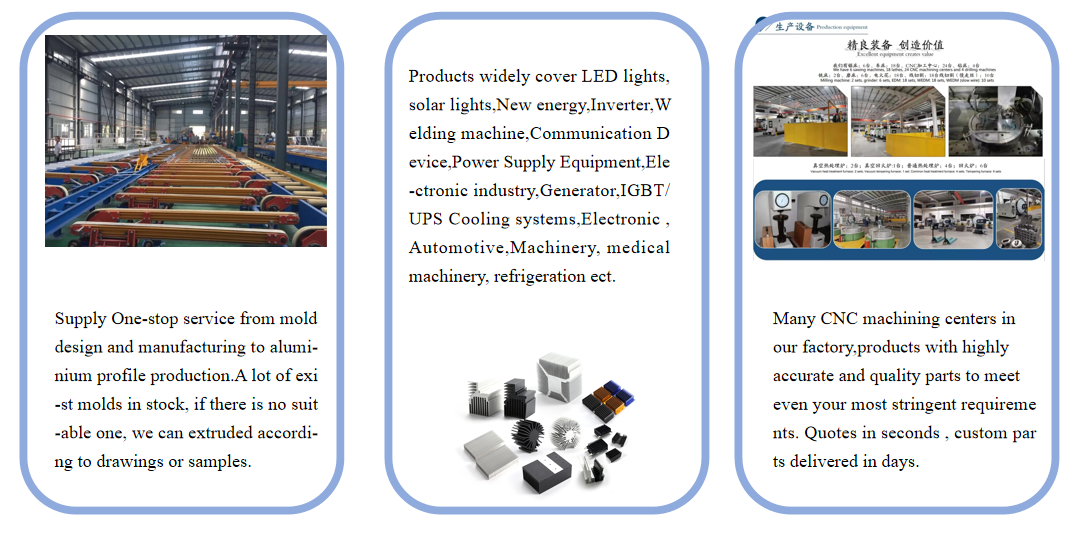Aluminium heat sinks are indispensable thermal management solutions in modern electronic devices. Renowned for their exceptional performance, lightweight design and cost-effectiveness, they find widespread application across numerous sectors—from computer CPUs and graphics cards to LED lighting and power adapters.
Their core advantages stem from aluminium's inherent properties:
Superior thermal conductivity: Aluminium is an excellent thermal conductor with a high thermal conductivity coefficient, enabling it to rapidly absorb heat generated by sources (such as chips) and distribute it across the entire surface of the heat sink.
High specific heat capacity: Aluminium possesses a high specific heat capacity, meaning it can absorb substantial amounts of heat without experiencing a rapid rise in its own temperature, thereby allowing valuable time for heat dissipation.
Lightweight yet high strength: Aluminium's density is significantly lower than that of metals such as copper. This allows it to provide sufficient structural integrity while substantially reducing the weight of the heat sink itself, making it particularly suitable for weight-sensitive portable devices.
Ease of processing and low cost: Aluminium can be efficiently extruded into complex fin structures, maximising the surface area exposed to air for heat dissipation. This mature manufacturing process gives aluminium heat sinks an unrivalled cost advantage in mass production.
Excellent Surface Treatment Capabilities: Aluminium surfaces can be coated with protective layers through processes like anodising, enhancing corrosion resistance, improving aesthetics, and occasionally providing a slight boost to thermal efficiency.
In summary, aluminium heat sinks strike an ideal balance between performance, weight, cost, and machinability, establishing them as one of the most prevalent and reliable choices in modern electronic thermal management. Whether employed in quiet passive cooling or powerful active cooling systems, aluminium heat sinks remain a critical component for ensuring stable device operation and extending service life.



